Wait, don’t toss your old t-shirts! 5 ways to repurpose them to save you time, money, and help you do chores without waste
Protect the planet with this simple habit switch


When a t-shirt is looking a little worse for wear or we no longer reach for it like we used to, it is a clear sign to declutter. But how can you reuse old t-shirts to prevent them from ending up in landfill?
According to Earth.org, an estimated 11.3 million tons of textile waste ends up in landfills each year in America alone. This makes finding ways to reuse old clothing essential to minimizing our waste footprints.
From cleaning tips to lining pet beds, our experts break down five easy ways to repurpose old t-shirts around your home.
How to reuse old t-shirts
Old t-shirts and linens are some of the items I never throw out, opting instead to reuse them all over the house to reduce waste and get more use out of an item I have paid for.
Shannon Jade, environmental scientist and author, explains, ‘Repurposing old and damaged clothing can make an important difference for both the planet and your budget.
'These small steps can go a long way to making your home more sustainable and reducing the detrimental impacts of textile waste, which not only contributes to excess landfill but actively drives atmospheric greenhouse gas emissions.’
1. Making cleaning rags
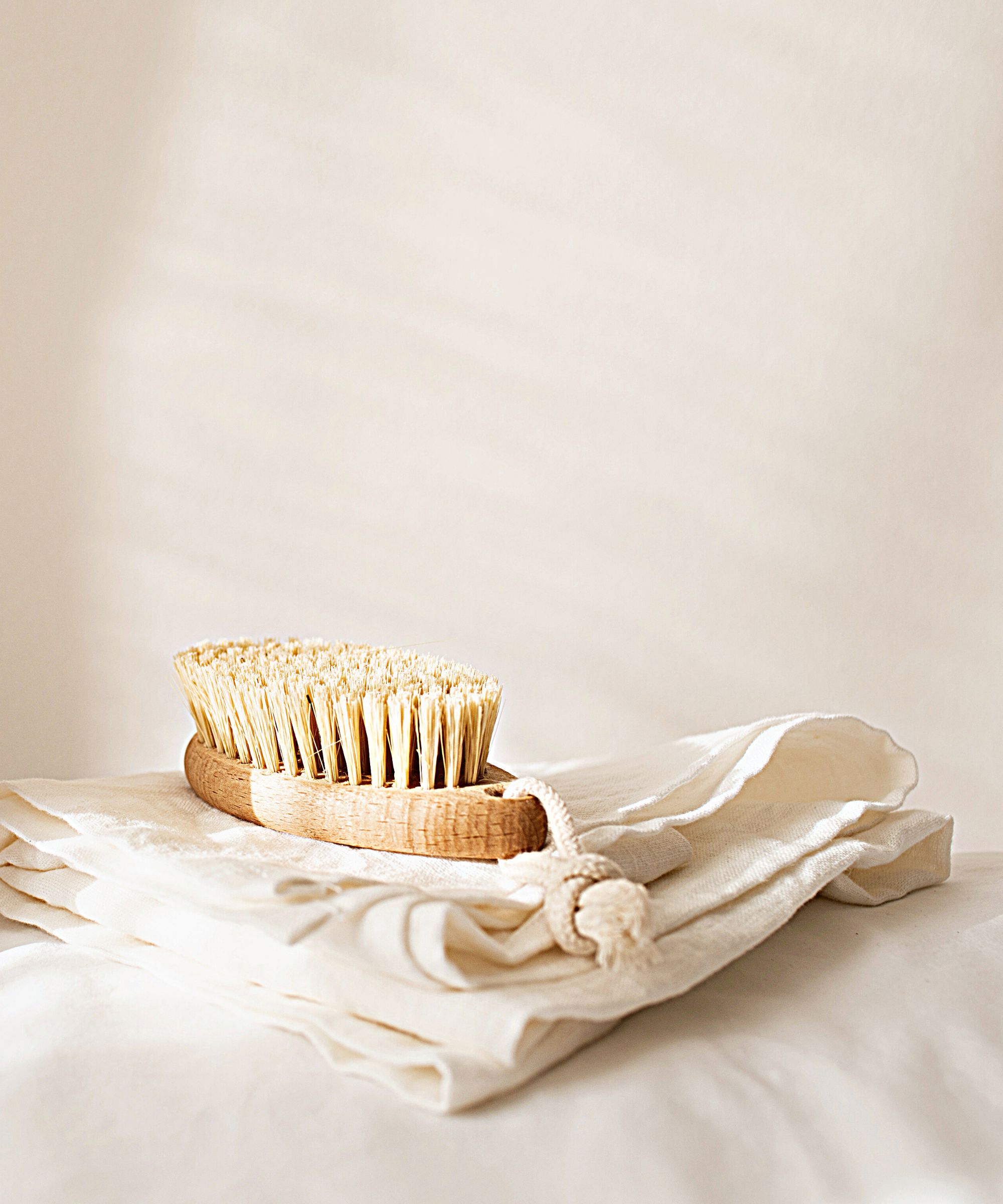
T-shirts make very soft cleaning cloths.
One of the simplest cleaning tricks to reduce plastic use at home is to reuse old t-shirts as cleaning rags.
Design expertise in your inbox – from inspiring decorating ideas and beautiful celebrity homes to practical gardening advice and shopping round-ups.
Armando Calderon, cleaning expert and owner of Joy’s Cleaning Services, shares, ‘We use them as cleaning rags all the time. We cut them down into 12"x12" squares, which makes them manageable in your hands for wiping down surfaces.
'They are pretty much good for anything – cleaning floors, scrubbing insides of sinks, cleaning stainless steel, etc.’
When cutting fabric, I suggest using pinking shears from Walmart. These zig-zag fabric scissors cut fibers in a way that can prevent fraying.
Much like cleaning with old socks, many t-shirts are made from soft material that will not scratch or mark delicate surfaces, making them ideal for cleaning windows and drinking glasses, too. Just be sure to wash them with a gentle detergent, such as Tide Free & Gentle, from Walmart, and skip the fabric softener to prevent smearing.
2. Sustainable wrapping
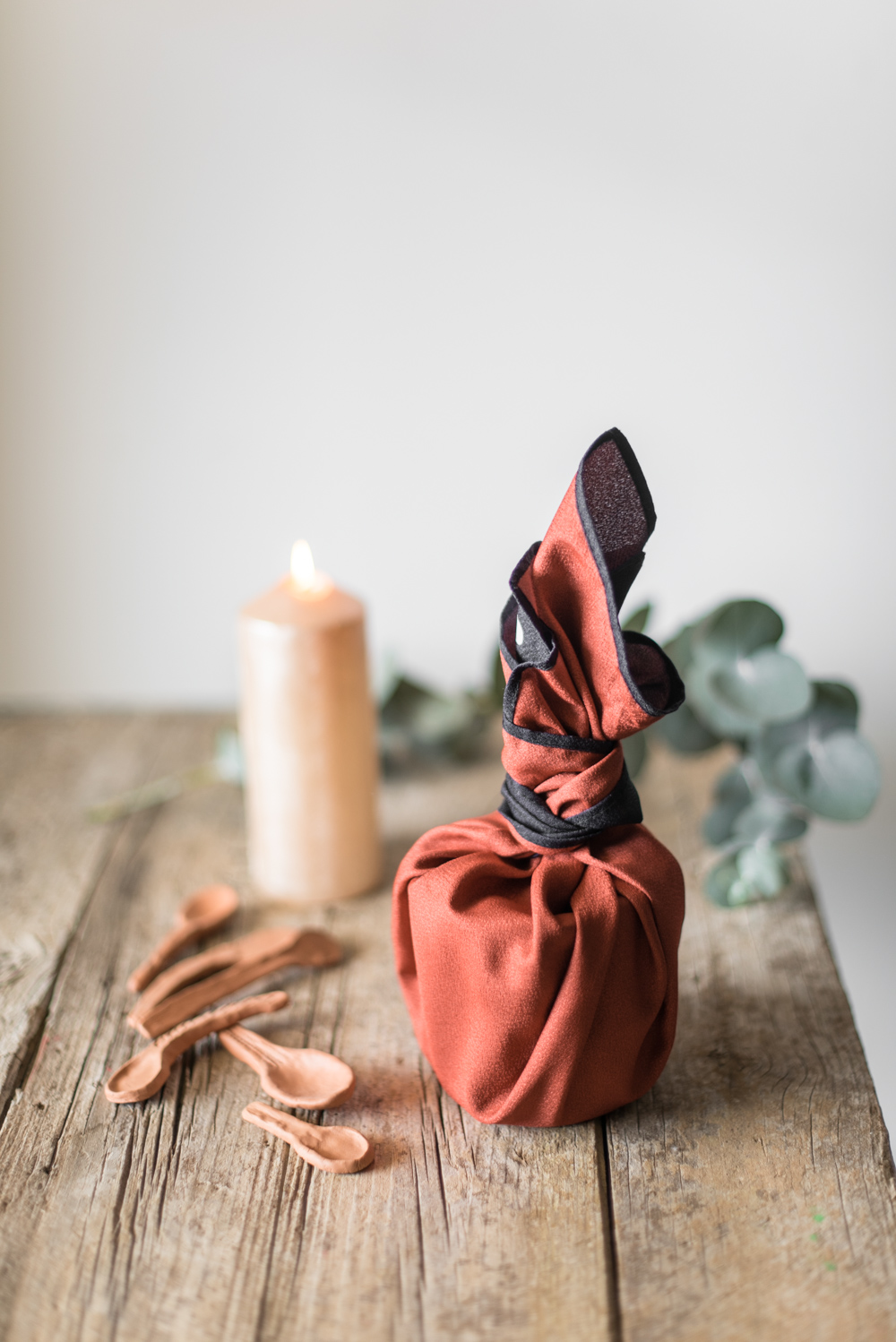
Furoshiki wrapping is a sustainable alternative to paper.
Shannon suggests, ‘Set old linens aside and reuse old t-shirts as sustainable Christmas wrapping ideas.’
If you have never heard of the art of furoshiki, it is the practice of wrapping gifts in fabric, rather than wrapping paper. While the Japanese use traditional furoshiki fabric, old t-shirts can work just as well; just pick the t-shirts that are not stained.
You can make gift wrap more exciting by using fabric paint from Walmart and stamps to create your own patterns, and pairing with nice ribbons and gift tags for a rustic feel.
3. Animal housing liners

T-shirts make dog beds easier to clean and longer lasting.
Armando shares, ‘I've also seen clients reuse old t-shirts as cage liners for small mammals, like guinea pigs.’
This trick can also work for larger animals, using larger t-shirts as linings for crates and carriers. To make washing dog beds easier, you can also tuck old t-shirts more securely around bedding pillows for a DIY removable cover that can quickly be thrown in the washer or shaken outside to remove fur.
4. Wear for DIY

Wear the clothes when repainting your home.
A great DIY tip to make your projects easier is to repurpose old t-shirts for dirty tasks such as painting and drilling – anything where you are likely to make a mess. Wearing old clothing means you are not as worried about spilling or splashing supplies, and you can work much more efficiently.
Too many sets of ‘DIY clothes’ is one of the most common types of clutter, however, so be mindful to keep this collection down to just one or two sets.
5. Creating something new
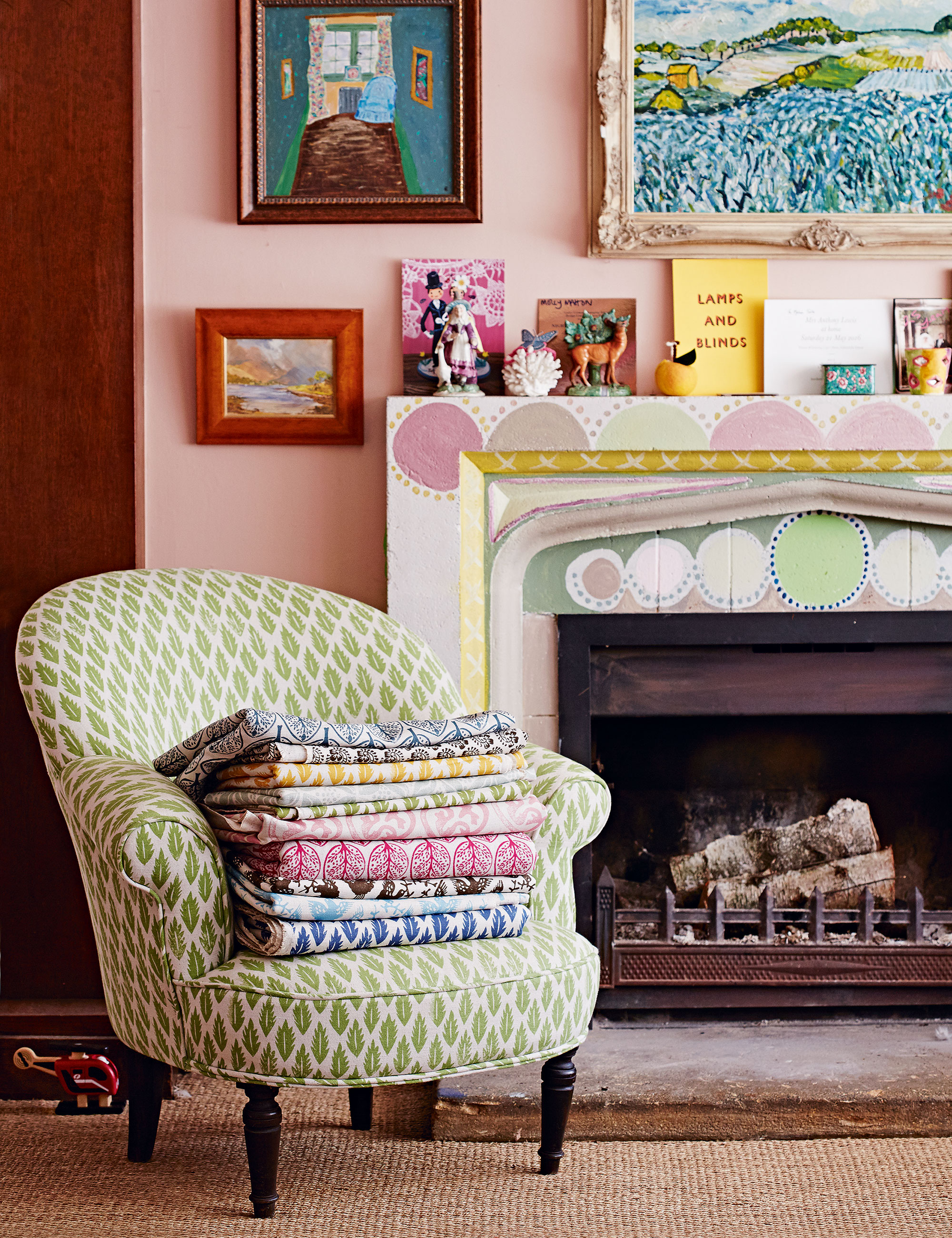
Make something new to prevent unnecessary waste.
Creating something new as a way of repurposing old t-shirts is one of the best ways to stop creating unnecessary trash at home. You don’t even have to be a whizz hobby crafter with a full-on sewing room, either, assures Christine Burrows, owner of Christine Crafts.
She suggests, ‘Once they are no use for anyone to wear then you have to get a bit creative. The obvious choice is to cut up soft clothes for cleaning cloths, but now let’s get a bit more creative.
‘As a starting point, I suggest making a no-sew T-shirt bag. It is perfect if you do not know what to do with old t-shirts you want to keep, but are too stretched to wear. These are great for carrying shopping, books, or anything else you need. The best bit is that you do not need to do any sewing! So, get your scissors and get creative.’
What to shop
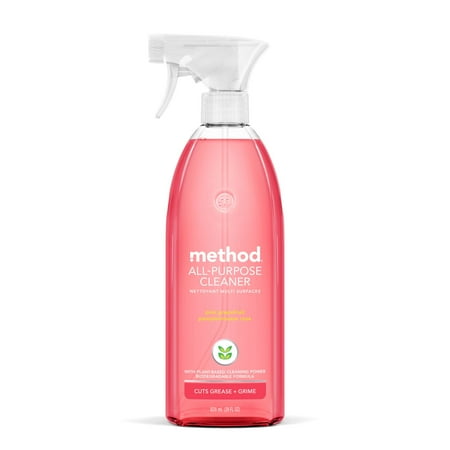
The Method sprays are made from plant-based ingredients for a fresh clean without harsh chemicals.
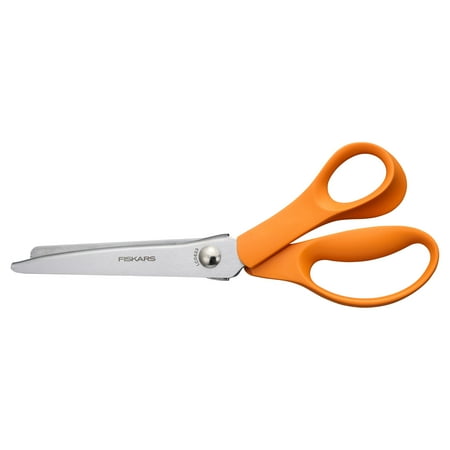
Pinking shears cut fabric with a zig-zag edge, helping to prevent fraying and unravelling.
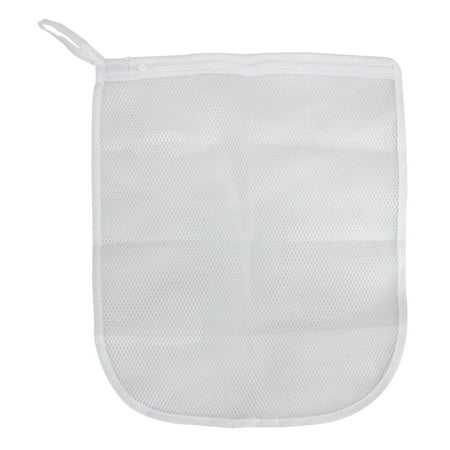
Mesh bags are perfect for keeping your new cleaning cloths together in the washing machine, while further preventing fraying edges.
Meet the experts

Shannon Jade is a writer and holds a graduate certificate in environment and climate emergency from Curtin University. She also holds a master’s of environmental science, with plans to continue her work as a woman in STEM.

Joy's Cleaning Service specializes in commercial, post-renovation, and post-demolition cleaning, with a team of cleaning professionals with a combined period of over ten years.

Christine runs Christine's Crafts, a site dedicated to helping people craft and garden on a budget. She believes that we are all creative and we should explore our creativity without breaking the bank.
Keep these five ideas in the back of your mind, no matter what item of clothing you are dealing with, when deciding what to do with the items you are decluttering. Every item given a second chance is another piece kept out of the landfill for longer.

Chiana has been at Homes & Gardens for two years and is our resident 'queen' of non-toxic living. She spends most of her time producing content for the Solved section of the website, helping readers get the most out of their homes through clever decluttering, cleaning, and tidying tips. She was named one of Fixr's top home improvement journalists in 2024.
You must confirm your public display name before commenting
Please logout and then login again, you will then be prompted to enter your display name.